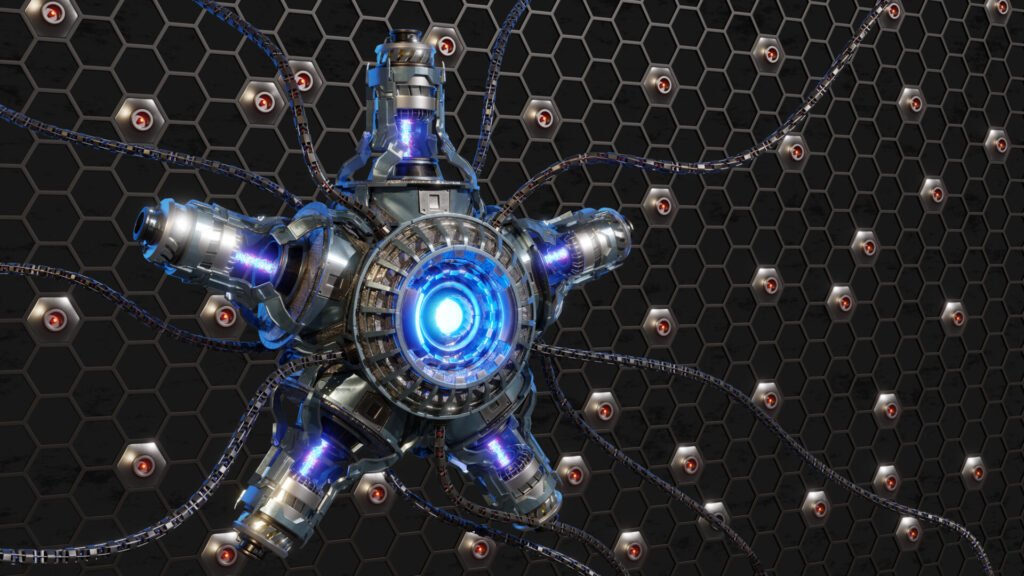
A reliable power supply is critical for humanoid robots to ensure consistent performance, mobility, and safety. The power system must accommodate the robot’s energy demands, including actuators, sensors, processors, and additional peripherals. Below is an overview of power supply options and their features for humanoid robots:
1. Lithium-Ion (Li-Ion) Batteries
- Description: Widely used rechargeable batteries offering high energy density and long lifespan.
- Features:
- Lightweight and compact.
- High energy-to-weight ratio.
- Typically require a battery management system (BMS) for safety.
- Applications: Small-to-medium humanoid robots requiring mobility and efficiency.
- Examples:
2. Lithium Polymer (LiPo) Batteries
- Description: A lightweight and flexible type of lithium battery with higher discharge rates.
- Features:
- High energy density with lightweight designs.
- Available in various shapes and sizes.
- Sensitive to overcharging and requires careful handling.
- Applications: Compact humanoid robots, drones, and lightweight robotics.
- Examples:
3. Nickel-Metal Hydride (NiMH) Batteries
- Description: Rechargeable batteries with moderate energy density and safer handling.
- Features:
- Less energy-dense than Li-Ion or LiPo.
- More environmentally friendly.
- Robust and less prone to thermal runaway.
- Applications: Entry-level robots, educational humanoid robots.
- Examples:
4. Lithium Iron Phosphate (LiFePO4) Batteries
- Description: A safer and more stable alternative to traditional lithium-ion batteries.
- Features:
- High thermal and chemical stability.
- Longer lifespan and more charge cycles.
- Lower energy density than Li-Ion but safer.
- Applications: Industrial humanoid robots, long-term deployment scenarios.
- Examples:
5. Supercapacitors
- Description: Energy storage devices offering rapid charging and high power output.
- Features:
- Extremely fast charge and discharge cycles.
- Limited energy storage capacity.
- Often used in combination with batteries for high-power bursts.
- Applications: High-power actuator surges, energy recovery systems.
- Examples:
- Super Farad Capacitor Module.
- Skeleton Technologies Supercapacitors.
6. Fuel Cells
- Description: Devices that convert chemical energy (e.g., hydrogen) into electrical energy.
- Features:
- Long runtime with consistent power output.
- Emission-free operation.
- Requires fuel storage and infrastructure.
- Applications: Large humanoid robots, long-duration autonomous operations.
- Examples:
7. Hybrid Power Systems
- Description: Combine multiple power sources (e.g., batteries and supercapacitors) for optimized performance.
- Features:
- Balances energy storage and high-power demands.
- Improves efficiency and runtime.
- More complex to implement and manage.
- Applications: Advanced humanoid robots requiring flexibility and extended operation.
- Examples:
8. Direct Power Supply (Tethered)
- Description: Powered directly through a wired connection to an external source.
- Features:
- Unlimited runtime for stationary or semi-mobile robots.
- Eliminates weight and space constraints of onboard power.
- Limits mobility and flexibility.
- Applications: Research humanoid robots, testing platforms, tethered applications.
- Examples:
9. Regenerative Power Systems
- Description: Capture and store energy generated during operation (e.g., braking or descending).
- Features:
- Increases efficiency by recycling energy.
- Requires regenerative circuits and compatible actuators.
- Often integrated into hybrid systems.
- Applications: Walking or running humanoid robots, energy-efficient robotics.
- Examples:
- Regenerative braking in robotic legs.
- Energy-harvesting actuators.
10. Solar Power Systems
- Description: Use photovoltaic cells to generate electricity from sunlight.
- Features:
- Renewable and environmentally friendly.
- Limited energy output, dependent on light conditions.
- Best suited for low-power robots or as a supplementary source.
- Applications: Outdoor humanoid robots, long-term energy efficiency projects.
- Examples:
11. Modular Battery Packs
- Description: Customizable battery configurations for scalability.
- Features:
- Modular design allows swapping and scaling capacity.
- Improves ease of maintenance and upgrades.
- Compatible with various battery chemistries.
- Applications: Humanoid robots with variable power requirements, research robots.
- Examples:
- LEGO Education Rechargeable Battery Packs.
- Open-source modular battery systems.
Key Factors to Consider When Choosing a Power Supply
- Energy Density: Higher energy density provides longer runtime without adding excessive weight.
- Voltage and Current: Ensure compatibility with the robot’s actuators, sensors, and processors.
- Power Consumption: Match the power supply capacity to the robot’s energy demands.
- Safety: Prioritize battery chemistries with built-in safety features (e.g., LiFePO4).
- Weight and Size: Lightweight and compact options are essential for mobile robots.
- Recharge Time: Consider how quickly the power supply can be recharged.
- Longevity: Select batteries with a high number of charge cycles for long-term use.
- Cost: Balance performance and budget constraints.
Applications of Power Supplies in Humanoid Robots
- Mobile Operation: Enabling free movement for walking, interacting, or exploring.
- High-Power Tasks: Supporting actuators for lifting, running, or jumping.
- Autonomy: Providing sufficient power for processors, sensors, and communication modules.
- Safety Systems: Ensuring stable power to prevent sudden shutdowns during critical tasks.
A well-designed power system ensures the reliability, efficiency, and safety of humanoid robots.
